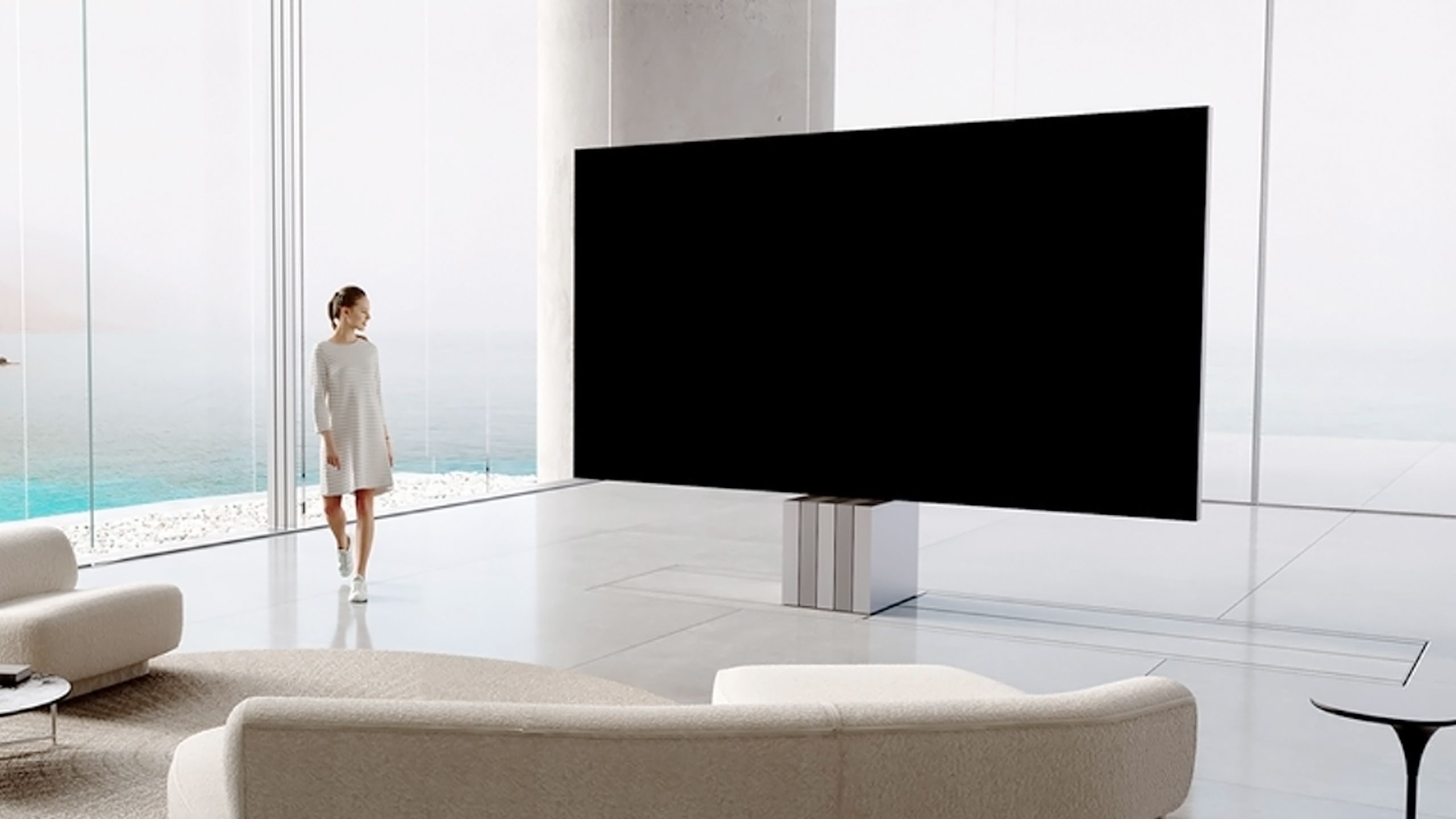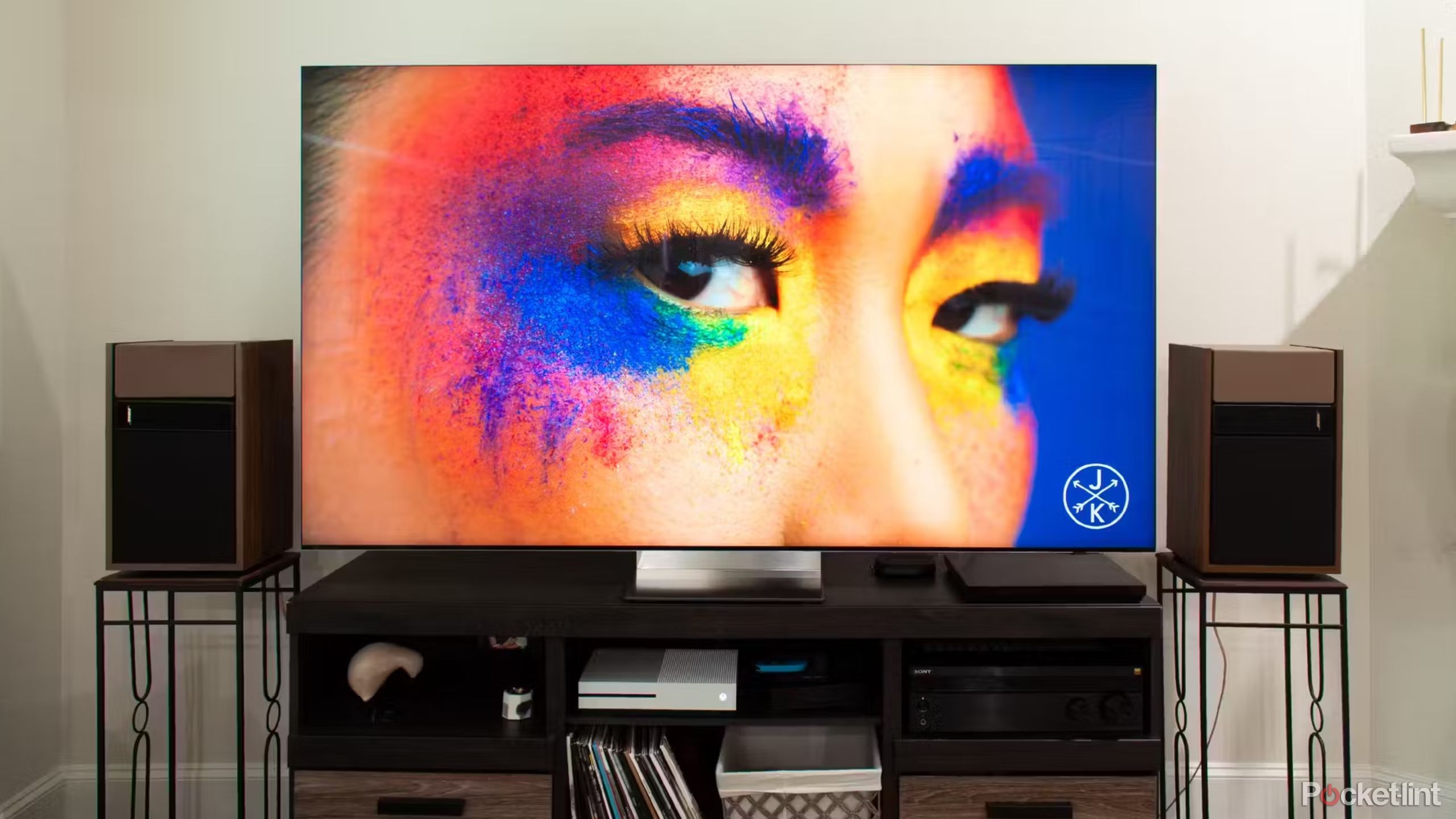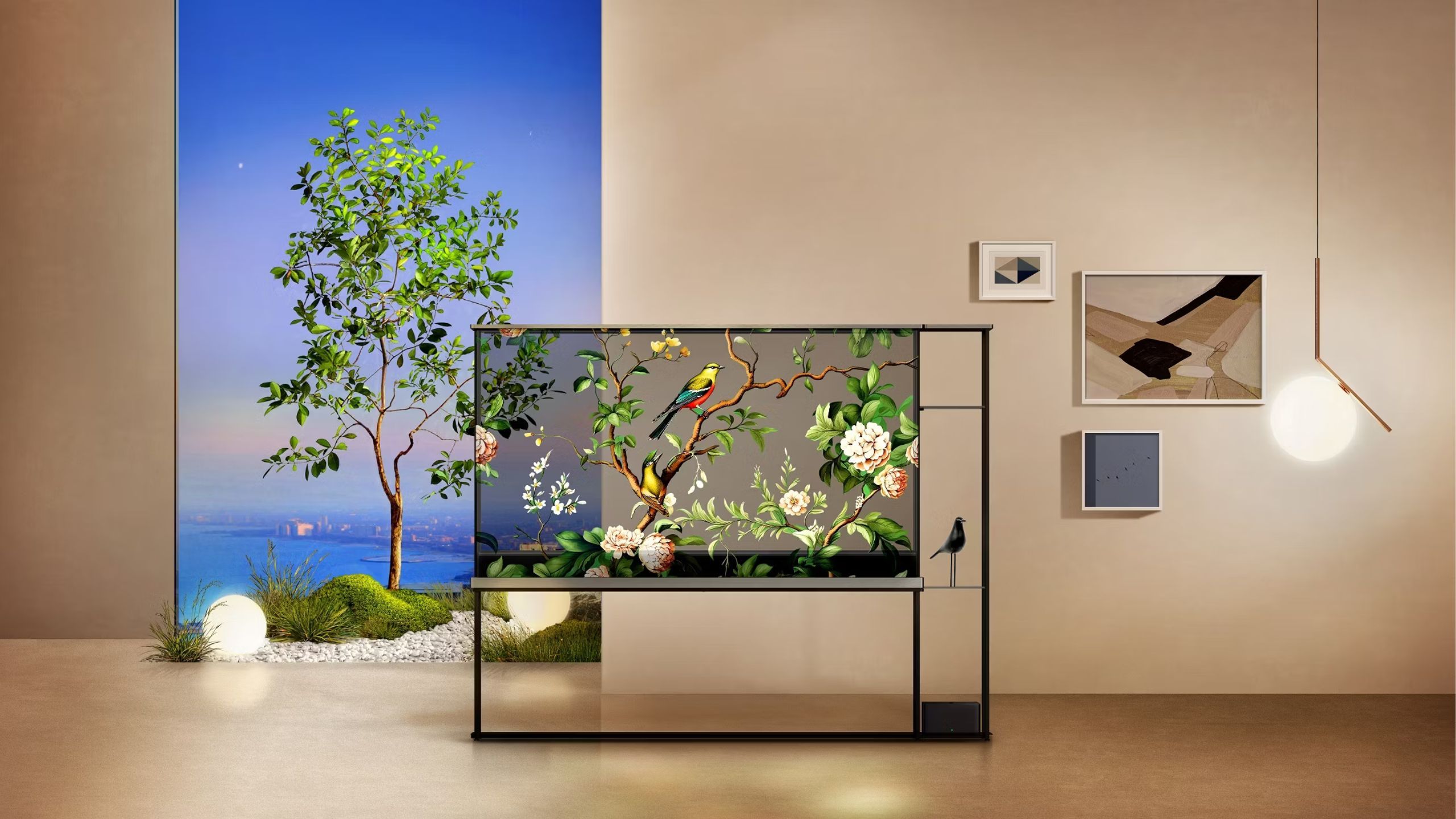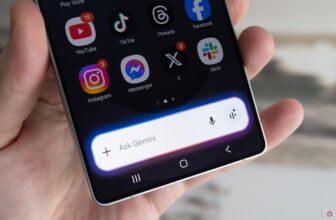Summary
- Spend your TV budget wisely by avoiding things like luxury materials, or unnecessary mechanisms that hide the screen when you’re not watching.
- Skip 8K TVs for now — all you’re getting for your money is bragging rights. There isn’t enough native content.
- TVs over 100 inches are also excessive, since you’re probably better off with a projector.
If you’re rich enough, there’s virtually no limit to what businesses will sell you. Mansions and sports cars are just the start — you can buy a small island, a private jet, a trip into space, or a yacht with its own crew and helipad. In the electronics realm, you can buy gold-plated and diamond-encrusted smartphones, or speaker systems so powerful that they’d burst your eardrums if you actually took advantage of them.
Not too surprisingly, this situation extends to TVs. And as with many luxury products, a lot of features exist purely for bragging rights, since they won’t meaningfully enhance your movies and TV shows. Here’s what to avoid if you can afford a high-end budget, but want to spend it wisely instead.
Related
Matte TVs are all the rage right now. Don’t buy one without reading this
As popular as they are right now, matte screens aren’t automatically better.
1 Gold, titanium, and other expensive materials
Sabotaging convenience for status
C Seed
Though TVs housed in precious metals and jewels are exceedingly rare, they have been sold in the past, and you don’t need to go that extreme to waste your money. Companies like C Seed will sometimes use copious amounts of high-end materials for their own sake, such as titanium or noble wood. These can enhance the look of a TV, but won’t necessarily protect it any better in day-to-day viewing. Indeed, they can be a ball and chain if you want to move a TV around yourself — even the smallest C Seed N1 model is 420 pounds (over 190kg), so it’s not going anywhere. Much of its weight stems from its internal folding mechanisms — more on those later — but those external materials don’t help.
Luxe materials are fine in small amounts, if you have the cash to spare. They just shouldn’t be a priority, since even if weight isn’t a concern, they’re missing the point. You’re supposed to be staring at the screen — not the objects surrounding it. The most advanced TVs often have very little housing or bezeling to speak of, since their creators are able to miniaturize components.
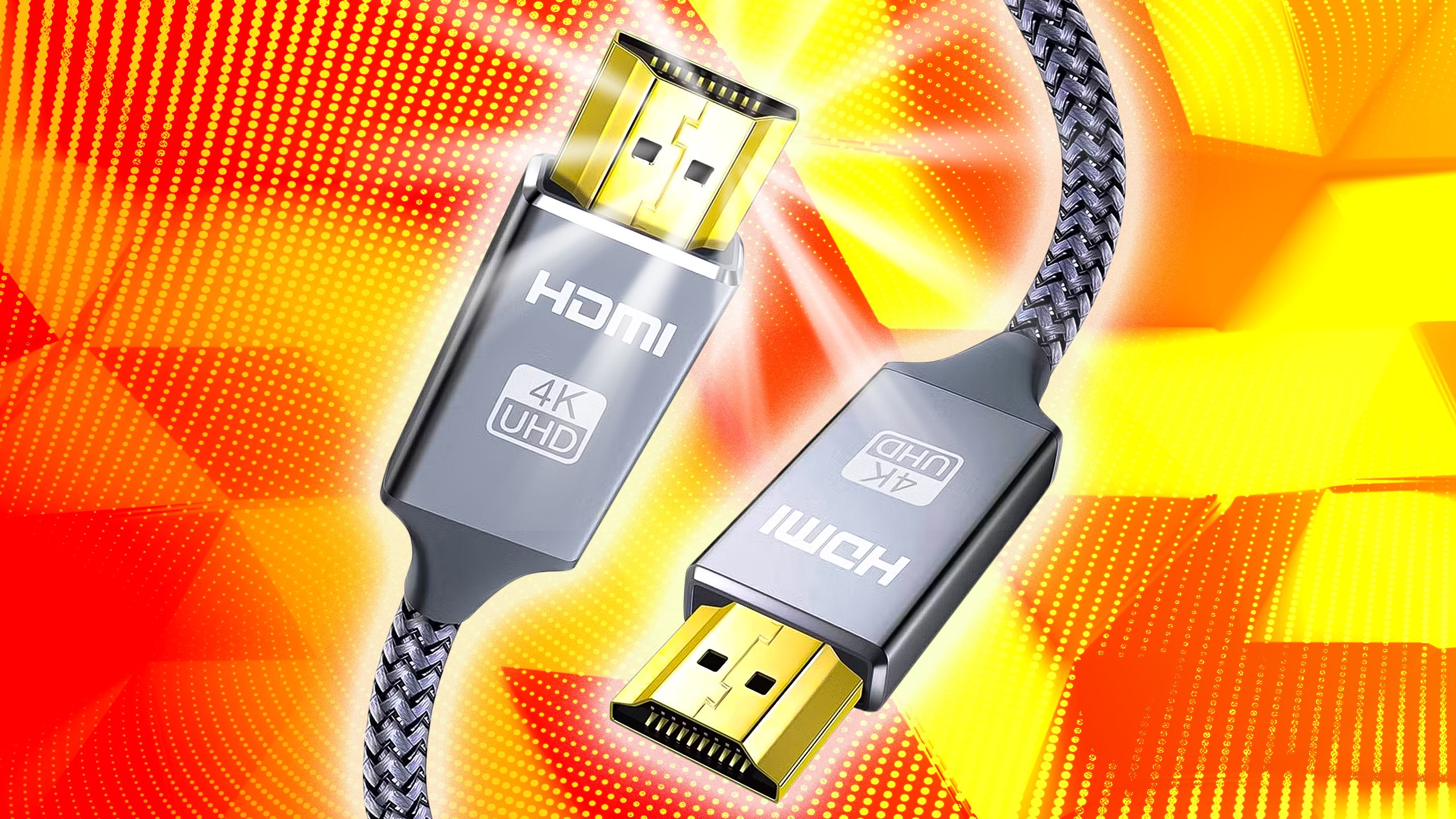
Related
Do you need gold-plated HDMI cables?
It’s time to drive one more nail into the coffin of this idea.
2 8K resolution
Go on, fight me
This choice is bound to be controversial, but I stand by it. Despite all the marketing hype around them, 8K TVs remain very expensive without offering a significant advantage over 4K sets.
How can I argue that, you ask? First of all, there isn’t enough native 8K video to watch. Most streaming services don’t support the technology, since it would consume obscene amounts of storage and bandwidth while serving just a tiny number of customers. You can’t buy 8K movies on Blu-ray — which is a dying format — and in the rare cases you can locate 8K content online, it’s mostly going to be the kind of demo reels you’d watch at a retail store. There aren’t 8K versions of recent blockbusters like Dune, never mind older titles like Apocalypse Now or Casablanca. You’re going to be watching upscaled 4K instead.
8K TVs remain very expensive without offering a significant advantage over 4K sets.
In any event, 8K won’t make a difference on a normal-sized screen. It’s already tough enough to discern the gap between 4K and 1080p on a 65-inch TV — for 8K to matter, you need a TV covering an entire wall. On that note…
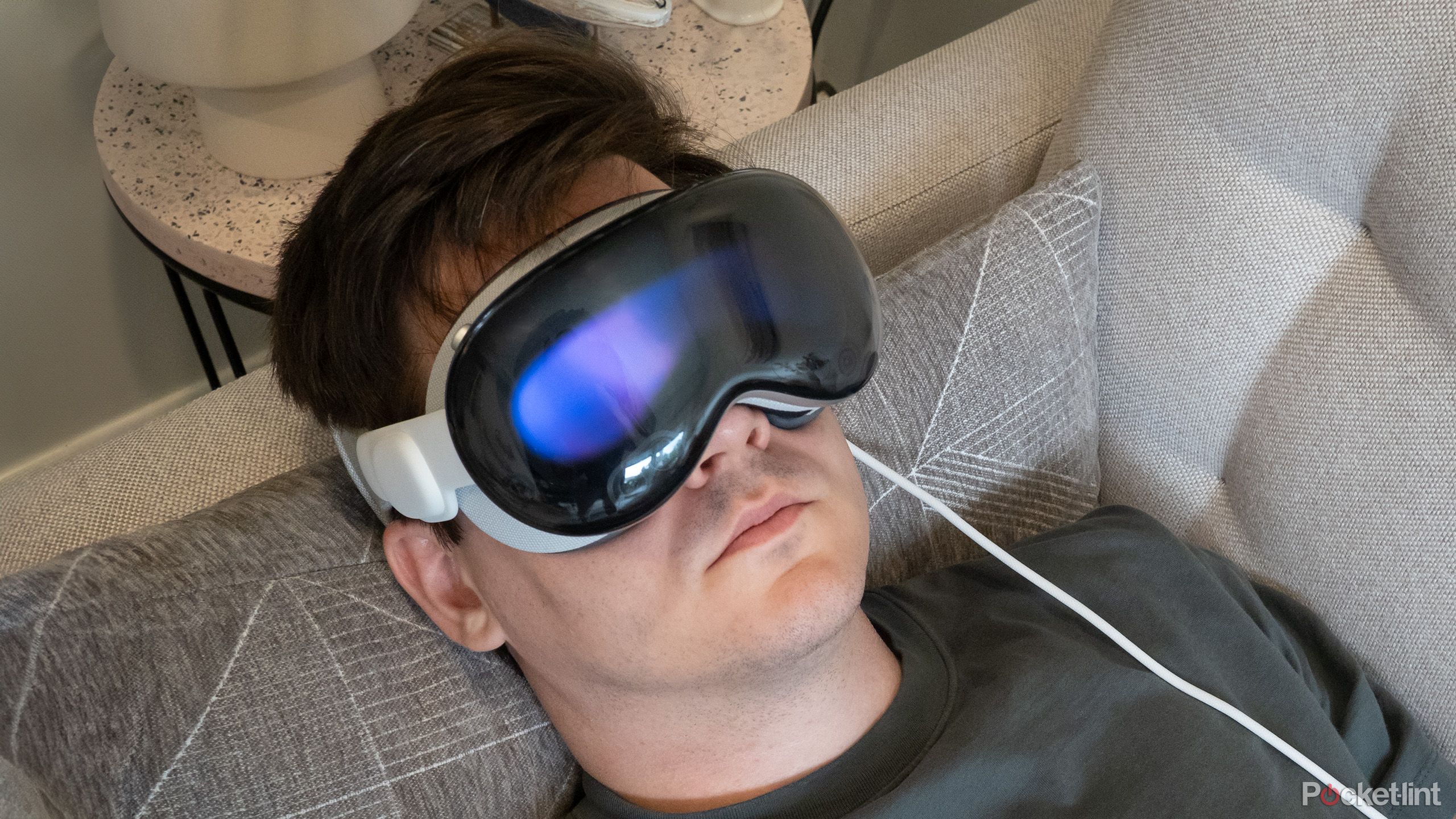
Related
Watching movies and TV shows in Apple’s Vision Pro is mesmerizing and tiring
The Vision Pro straps a movie theater to your face, but comfort and eye strain issues almost ruin the experience.
3 Displays near or over 100 inches
Just give in and build yourself a theater
C Seed
I could make a similar argument for most TVs over 80 inches, but 100 inches is a threshold of undeniable excess, unless perhaps you need digital signage for a business. At that size, a TV is going to dominate any room it’s sitting in, sometimes forcing people to sit further back to see the whole frame. There also tends to be a massive price jump for the privilege — $1,500 is low, and products like Samsung’s 98-inch QN90D can hit the $9,000 mark or higher. As a rule, you shouldn’t be spending as much on a TV as you would on a used car. Some sets cost as much as a new vehicle.
If you are going to spend that much money, it’s time to admit it and turn your living room into a genuine theater with a digital projector.
If you are going to spend that much money, it’s time to admit it and turn your living room into a genuine theater with a digital projector. The only limit on picture size will be how much wall space you can clear for a reflective screen.
I should note that larger screens tend to become more affordable over time. In 2011, a 40-inch Sharp set I bought was worth over $1,000. Today, you might be able to find that same size for $200 or less, with better software and picture quality to boot. By 2035, we could all be browsing 100-inch sets at Walmart.

Related
Don’t buy a new projector without checking for these features first
Thinking of buying a new projector? You should consider these seven features before deciding.
4 Complex folding, motion, and transparency mechanisms
Why hide your TV?
LG
For whatever reason, companies like LG and C Seed have decided that wealthy buyers really want to hide their TVs when they’re not watching them. This translates into folding, rolling, or transparent screens that disguise themselves as furniture. It’s a neat trick, but ultimately pointless unless you want to pretend your million-dollar penthouse is “free” of technology. You’re going to have to make room for your new TV regardless, and in the case of folding and rolling mechanisms, you’ve only inconvenienced yourself with a built-in waiting time.
In the case of folding and rolling mechanisms, you’ve only inconvenienced yourself with a built-in waiting time.
There’s more value in the raising and tilting functions developed by companies like Bang & Olufsen, but how often are you going to change the angle of your TV? Most people are able to position their couch and chairs in a way that anyone can see, especially with a display over 60 inches. When that’s not possible, for some reason, it’s usually not that hard to adjust your TV manually. A wall-mounted set on a flex arm can probably be manipulated with one hand.
Spend the money on something that’ll do more to improve your moviegoing experience — or the rest of your life.

You might also like
Everything you need to know about PEVs, or personal electric vehicles
You can use PEVs to explore, run errands, or speed up your commute.
Trending Products
![cimetech EasyTyping KF10 Wireless Keyboard and Mouse Combo, [Silent Scissor Switch Keys][Labor-Saving Keys]Ultra Slim Wireless Computer Keyboard and Mouse, Easy Setup for PC/Laptop/Mac/Windows – Grey](https://m.media-amazon.com/images/I/415Vb6gl+PL._SS300_.jpg)
cimetech EasyTyping KF10 Wireless Keyboard and Mouse Combo, [Silent Scissor Switch Keys][Labor-Saving Keys]Ultra Slim Wireless Computer Keyboard and Mouse, Easy Setup for PC/Laptop/Mac/Windows – Grey

AOC 22B2HM2 22″ Full HD (1920 x 1080) 100Hz LED Monitor, Adaptive Sync, VGA x1, HDMI x1, Flicker-Free, Low Blue Light, HDR Ready, VESA, Tilt Adjust, Earphone Out, Eco-Friendly

TopMate Wireless Keyboard and Mouse Ultra Slim Combo, 2.4G Silent Compact USB Mouse and Scissor Switch Keyboard Set with Cover, 2 AA and 2 AAA Batteries, for PC/Laptop/Windows/Mac – White

HP 2024 Laptop | 15.6″ FHD (1920×1080) Display | Core i3-1215U 6-Core Processor | 32GB RAM, 1.5TB SSD(1TB PCIe & P500 500GB External SSD) | Fingerprint Reader | Windows 11 Pro

Thermaltake View 200 TG ARGB Motherboard Sync ATX Tempered Glass Mid Tower Computer Case with 3x120mm Front ARGB Fan, CA-1X3-00M1WN-00

SAMSUNG FT45 Sequence 24-Inch FHD 1080p Laptop Monitor, 75Hz, IPS Panel, HDMI, DisplayPort, USB Hub, Peak Adjustable Stand, 3 Yr WRNTY (LF24T454FQNXGO),Black

Dell Inspiron 15 3520 15.6″ FHD Laptop, 16GB RAM,1TB SSD, Intel Core i3-1215U Processor(Beat i5-1135G7), SD Card Reader, WiFi, Bluetooth, Webcam, Win 11 Home, Alpacatec Accessories, Carbon Black
![Dell Inspiron 15 3000 3520 Business Laptop Computer[Windows 11 Pro], 15.6” FHD Touchscreen, 11th Gen Intel Quad-Core i5-1135G7, 16GB RAM, 1TB PCIe SSD, Numeric Keypad, Wi-Fi, Webcam, HDMI, Black](https://m.media-amazon.com/images/I/51O3nNfyJPL._SS300_.jpg)

